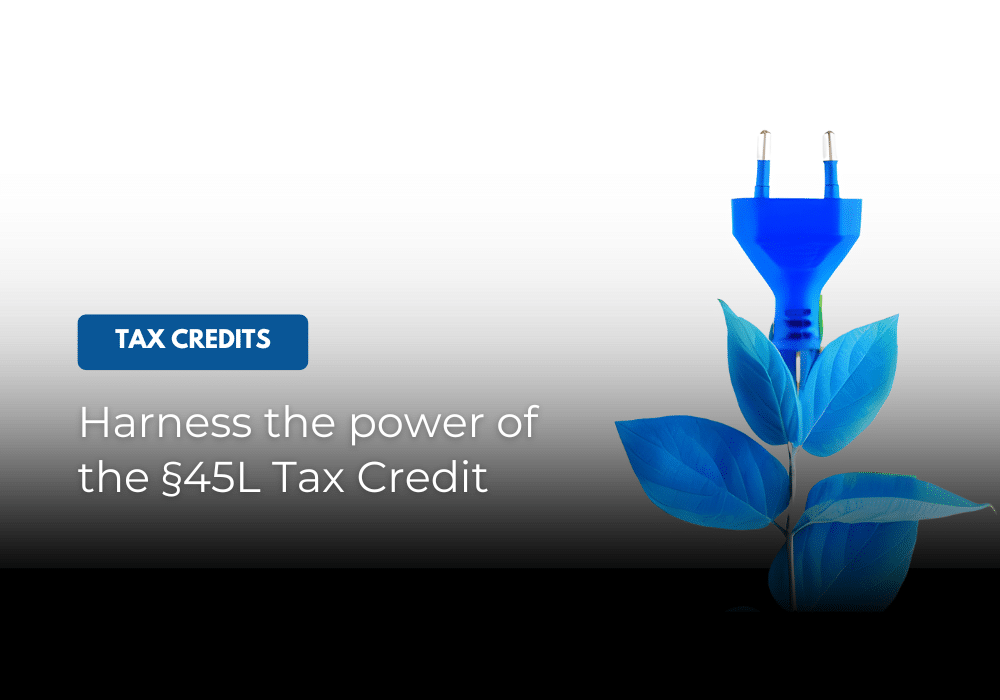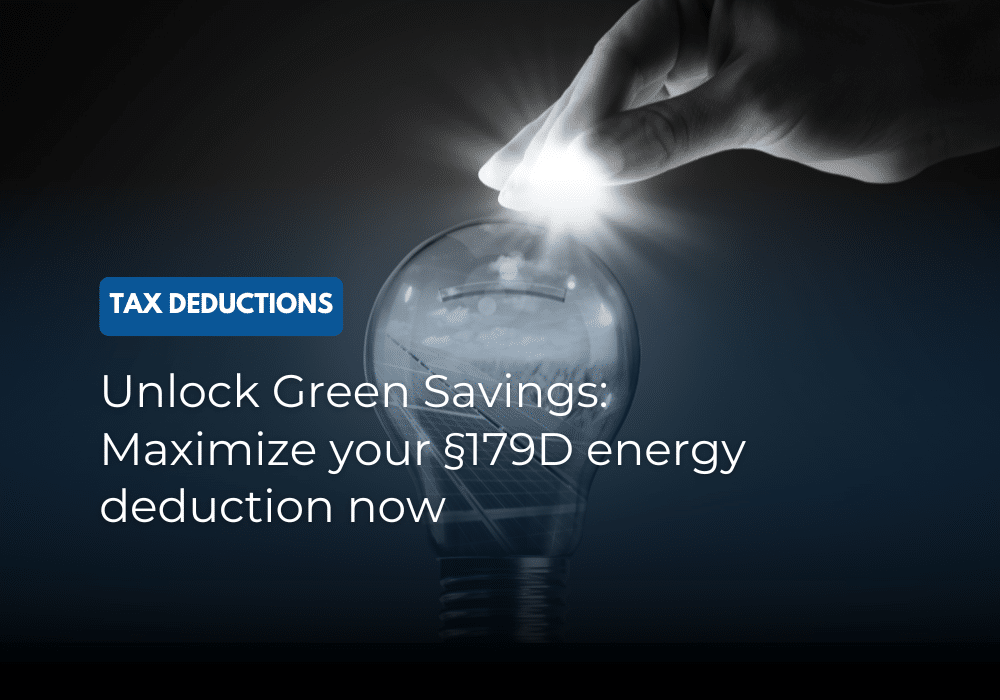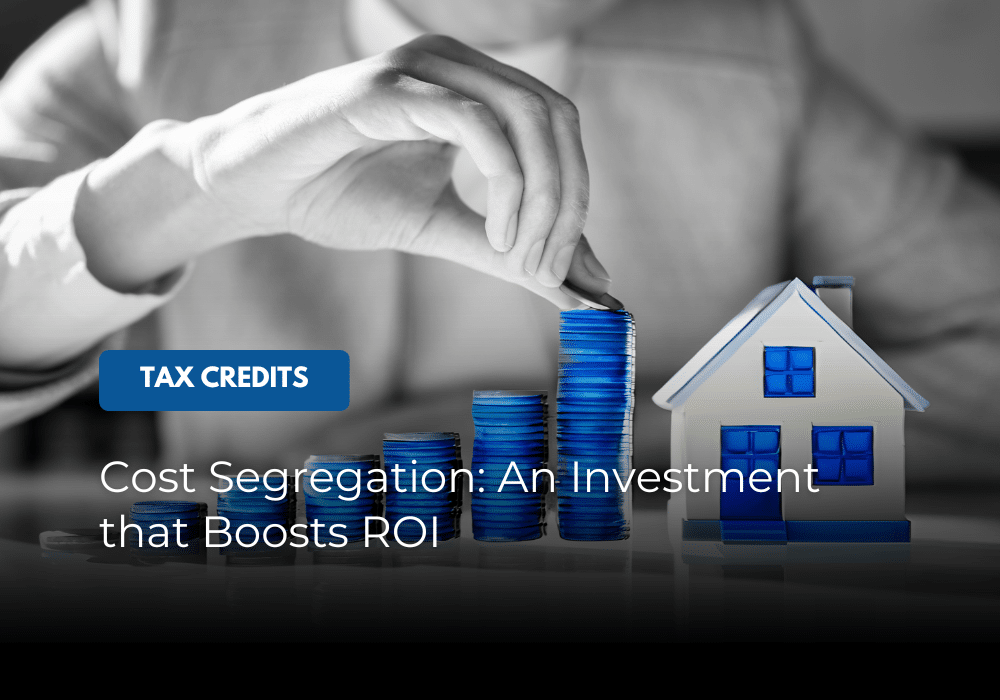In the complex world of real estate and taxes, navigating various incentives and credits can be daunting. One such incentive that has garnered attention in recent years is §45L of the U.S. tax code. This provision is particularly significant for builders, developers, and investors in the residential property sector. At its core, the §45L tax incentive credit is aimed at encouraging the construction and rehabilitation of energy-efficient residential properties.
The origins of §45L can be traced back to the Energy Policy Act of 2005. This legislation was part of a broader government initiative to promote energy conservation and reduce the country’s dependence on fossil fuels. The Act introduced several tax incentives, including §45L, to support these goals. Initially, the credit was a response to growing concerns about energy efficiency and environmental sustainability in the building industry. It provided a financial impetus for developers to incorporate energy-saving features into their construction designs.
The specifics of §45L are both technical and financially significant. The credit applies to eligible residential properties, both single-family and multi-family units, that meet certain energy efficiency criteria. These criteria have evolved over time, reflecting advancements in building technologies and environmental standards. Initially, the credit allowed for up to $2,000 per dwelling unit, a substantial incentive for builders and developers to prioritize energy efficiency in their projects. The Inflation Reduction Act of 2023 further enhanced the value of this credit, increasing it to up to $5,000 per unit, thereby reaffirming the government’s commitment to sustainable building practices.
Detailed Qualifications for §45L Tax Incentives
Qualifying for §45L tax credits involves meeting stringent energy efficiency criteria, obtaining third-party certifications, and conducting comprehensive energy modeling. Each of these components plays a vital role in the qualification process.
Energy Efficiency Standards
To qualify for §45L, a residential project must demonstrate superior energy efficiency compared to a standard home. This involves incorporating features that substantially reduce energy consumption for heating and cooling. The Department of Energy (DOE) and ENERGY STAR guidelines play a pivotal role in this process.
The efficiency of a project is measured against a baseline that reflects the construction standards of a typical home, as outlined in basic construction codes. However, to qualify for §45L, a property must go beyond these standards, aligning with or surpassing the more stringent requirements set by ENERGY STAR or DOE benchmarks. This typically involves integrating advanced energy-saving elements such as high-quality insulation, ENERGY STAR-rated windows, and modern, efficient heating and cooling systems.
Achieving a marked improvement in energy efficiency, as certified by ENERGY STAR or validated by DOE standards, is crucial. This not only ensures eligibility for the §45L tax credit but also contributes to significant long-term energy savings, enhancing the property’s overall value and appeal in an increasingly eco-conscious market.
Role of Third-Party Certifications
Obtaining a certification from recognized authorities like ENERGY STAR or LEED is crucial. These certifications confirm that the property meets the energy efficiency standards required for the §45L credit.
Think of these certifications as a third-party endorsement of the property’s energy efficiency. They provide credibility and assurance to both tax authorities and potential buyers or renters of the property.
These certifications are more than just a formality; they are a testament to the property’s sustainable design and construction, adding value to the project.
Importance of Energy Modeling
Energy modeling is a detailed analysis of how your property consumes energy. It involves assessing various factors like building materials, local climate conditions, and HVAC systems to predict energy usage.
This process is essential for §45L eligibility as it provides evidence that the property meets the required energy efficiency standards. It’s like creating a blueprint of your property’s energy consumption, highlighting areas where efficiency is maximized.
Beyond just meeting tax credit requirements, energy modeling helps guide the design and construction process, ensuring that the choices made are both environmentally and economically sound.
Throughout our exploration of §45L, it has become apparent that this tax credit offers significant tax benefits. However, it remains underutilized, presenting a missed opportunity for many in the industry. For each dwelling unit that meets the specified energy efficiency standards, developers can receive a significant tax credit.
This financial benefit directly lowers the tax liability for the project, providing an immediate and measurable impact on its profitability. Especially in larger developments, where numerous units can qualify, these tax credits can accumulate, leading to considerable savings. This aspect of §45L is particularly attractive, as it offers a straightforward financial incentive for incorporating sustainable practices into residential projects.
Moreover, while the focus is often on the immediate tax benefits, it’s important to consider the broader financial implications. The tax credits from §45L not only provide upfront savings but also contribute to the long-term economic viability of a project. By reducing initial tax burdens, developers can reinvest these savings into other aspects of their projects or future developments.
Furthermore, properties built with energy efficiency in mind tend to have lower operating costs and higher appeal in the market, both factors that enhance overall profitability. Therefore, while the immediate tax relief is a key driver for adopting §45L, the ripple effect of these savings can be far-reaching, influencing the financial success of residential building ventures in both the short and long term.
Learn more about combining §45L with cost segregation to maximize your benefits here: Maximizing Benefits by Combining §45L and Cost Segregation
















